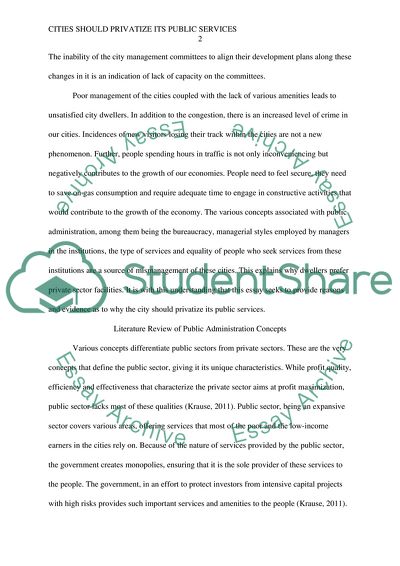Cite this document
(Whether a city should privatize its public services Research Paper, n.d.)
Whether a city should privatize its public services Research Paper. Retrieved from https://studentshare.org/politics/1812070-whether-a-city-should-privatize-its-public-services
Whether a city should privatize its public services Research Paper. Retrieved from https://studentshare.org/politics/1812070-whether-a-city-should-privatize-its-public-services
(Whether a City Should Privatize Its Public Services Research Paper)
Whether a City Should Privatize Its Public Services Research Paper. https://studentshare.org/politics/1812070-whether-a-city-should-privatize-its-public-services.
Whether a City Should Privatize Its Public Services Research Paper. https://studentshare.org/politics/1812070-whether-a-city-should-privatize-its-public-services.
“Whether a City Should Privatize Its Public Services Research Paper”, n.d. https://studentshare.org/politics/1812070-whether-a-city-should-privatize-its-public-services.


